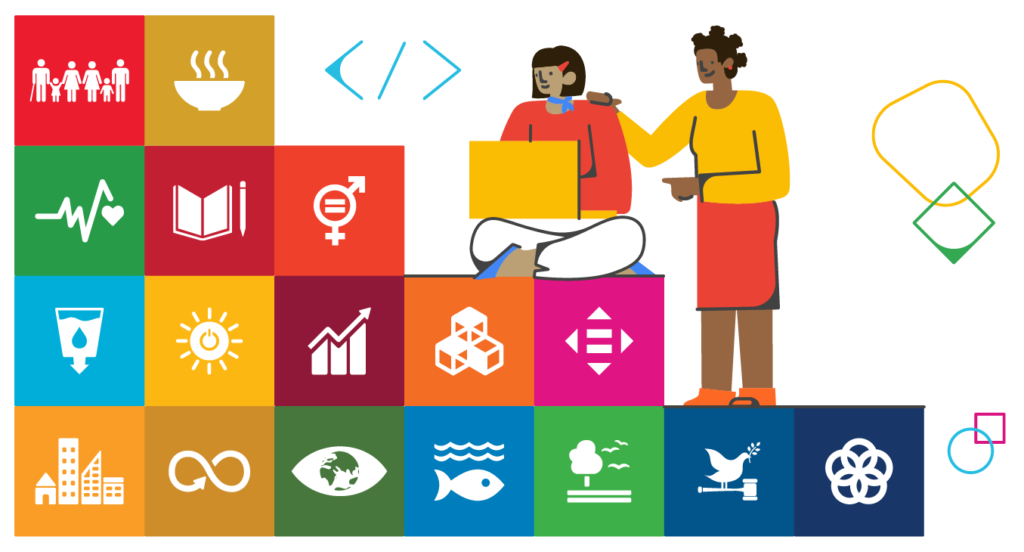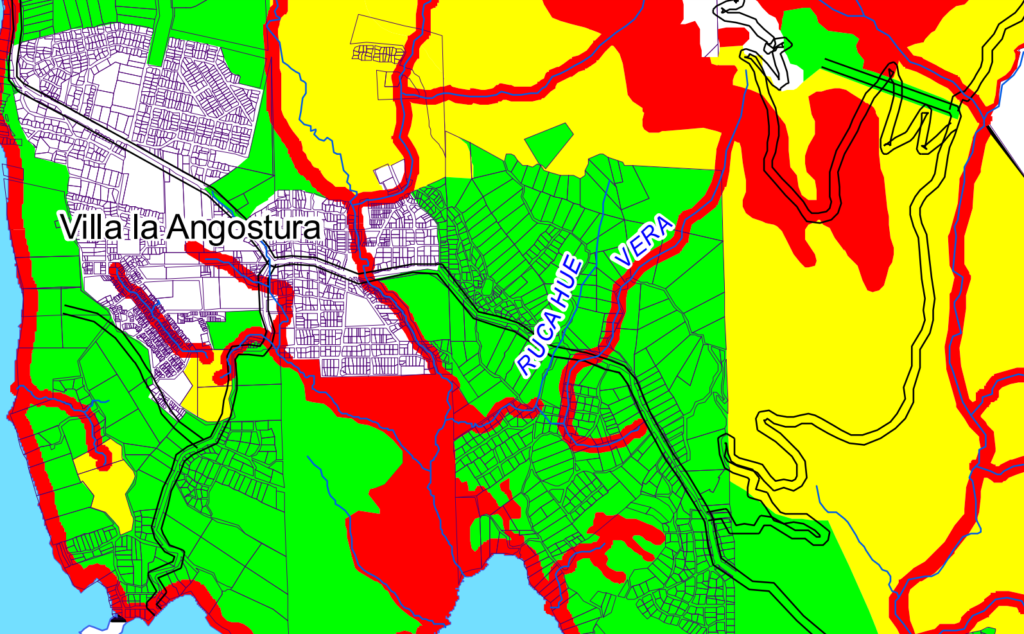Sustainable Development Goals

Sustainability #ANDES
Environmental Sustainability is a fundamental part of this project, so we highlight the following:
- Preserve Biodiversity parameters;
- Design, manage and certify a sustainable model for projects;
Leadership in Energy and Environmental Design (LEED)
LEED is a holistic system
LEED is a holistic system that doesn’t simply focus on one element of a building such as energy, water or health, rather it looks at the big picture factoring in all of the critical elements that work together to create the best building possible. The goal of LEED is to create better buildings that:
- Reduce contribution to global climate change
- Enhance individual human health
- Protect and restore water resources
- Protect and enhance biodiversity and ecosystem services
- Promote sustainable and regenerative material cycles
- Enhance community quality of life
Green building leadership is LEED
LEED provides a framework for healthy, efficient, carbon and cost-saving green buildings. LEED certification is a globally recognized symbol of sustainability achievement and leadership.
How LEED works
LEED certified buildings save money, improve efficiency, lower carbon emissions and create healthier places for people. They are a critical part of addressing climate change and meeting ESG goals, enhancing resilience, and supporting more equitable communities.
To achieve LEED certification, a project earns points by adhering to prerequisites and credits that address carbon, energy, water, waste, transportation, materials, health and indoor environmental quality.
Projects go through a verification and review process by GBCI and are awarded points that correspond to a level of LEED certification:
- Certified (40-49 points),
- Silver (50-59 points),
- Gold (60-79 points) and
- Platinum (80+ points).
Forest Protection Law



